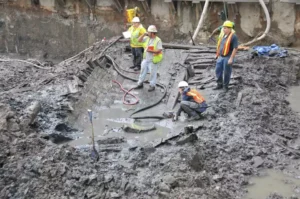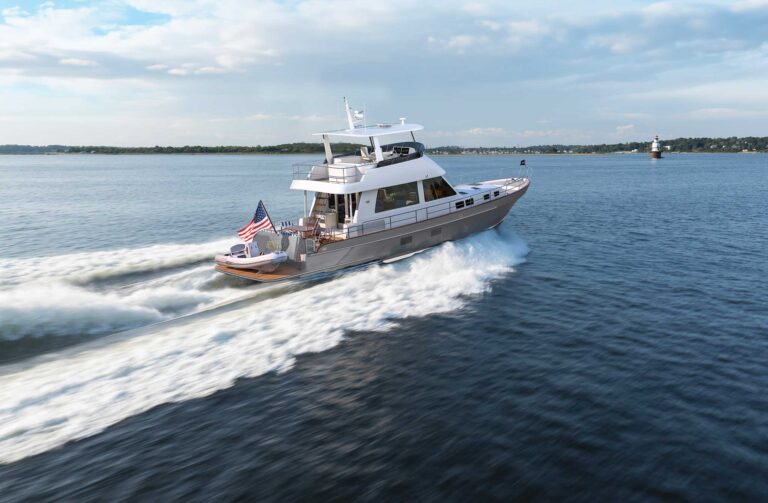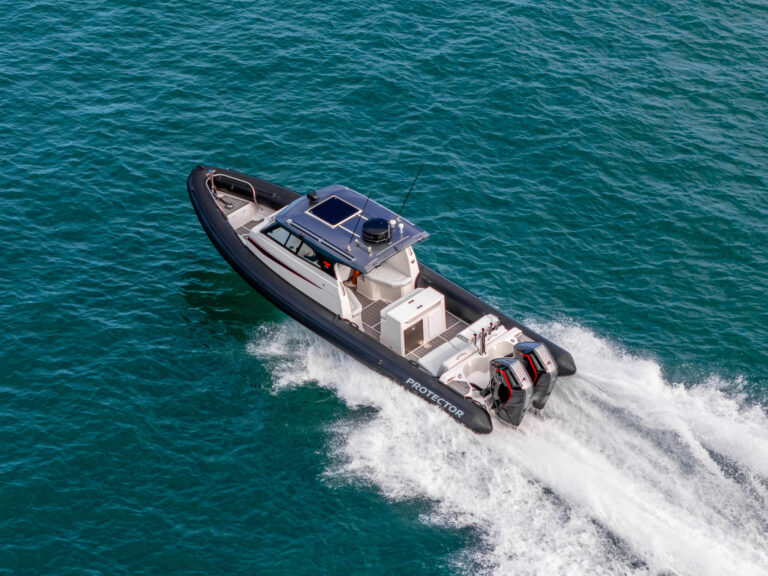
In late October, President Trump signed America’s Water Infrastructure Act of 2018 into law. It’s expected to help with the dredging of major ports along the East Coast, the prevention of aquatic invasive species, and the improvement of water quality in South Florida’s boating and fishing areas—including taking a step toward controlling the harmful algal blooms that have plagued parts of the Sunshine State. This law is about authorization, which means telling the U.S. Army Corps of Engineers how money should be allotted. Another law, involving appropriations, still needs to be enacted to provide cash for the plans.
“This is Congress saying, ‘OK Army Corps, this is good to go, we’re putting our official stamp on it, but we’re not giving you the money yet,’” says Kellie Ralston, Southeast fisheries policy director of the American Sportfishing Association. Ralston says the just-signed law calls on the Army Corps of Engineers to develop techniques to address harmful algal blooms, which have plagued South Florida for months. The law also will let managers better control a reservoir south of Florida’s Lake Okeechobee, she says, by holding more water in the reservoir during the wet season and releasing it at a slower pace during the dry season. Those releases from Lake Okeechobee are believed to be one of several causes of the harmful algal blooms.
David Kennedy, manager of government affairs for BoatUS, says the law also will benefit boaters who cruise through larger ports on the East Coast, as well as on reservoirs inland. The law provides for dredging to keep channels clear for cargo ships. “We benefit from those projects,” Kennedy says. “It’s like keeping the highways up. It’s keeping the waterways up.”
Inland, boaters who cruise on reservoirs are also expected to see improvements. The Army Corps of Engineers, Kennedy says, is the largest provider of recreation in the federal government because it maintains the reservoirs. “They have all those reservoirs out there that were built for different reasons—flood control, water supply—but boating happens on them, too.”
The value of recreational boating to those areas may have more of an impact on deciding what kinds of reservoir improvements get funded, Kennedy says, because the new law directs the Army Corps of Engineers to look at how it evaluates the costs and benefits of undertaking projects in the first place. “This is an old area of law,” he says. “A hundred-plus years ago, there weren’t a lot of people recreating. There was just a lot of stuff moving on the waterways. It’s an update in the thinking.”
The National Marine Manufacturers Association also heralded the signing of the law, with President Thom Dammrich, calling it “an extremely important piece of legislation” for projects including measures to prevent aquatic invasive species.
The law is not expected to affect the Intracoastal Waterway, says Brad Pickel, executive director of the Atlantic Intracoastal Waterway Association, but the same upcoming appropriations battle to fund newly authorized projects also will affect what actually gets done on the ICW. “They can authorize a project for $3 trillion, but that doesn’t mean one penny will ever go to it,” Pickel says.
Kennedy says boaters have real reason to believe that funding will actually materialize. “The good news here is that we have seen a record level of appropriations going into these projects. Could there be more? Yup. There’s always more that they could do. But these are the highest levels we’ve seen.”
This article originally appeared in the January 2019 issue.











